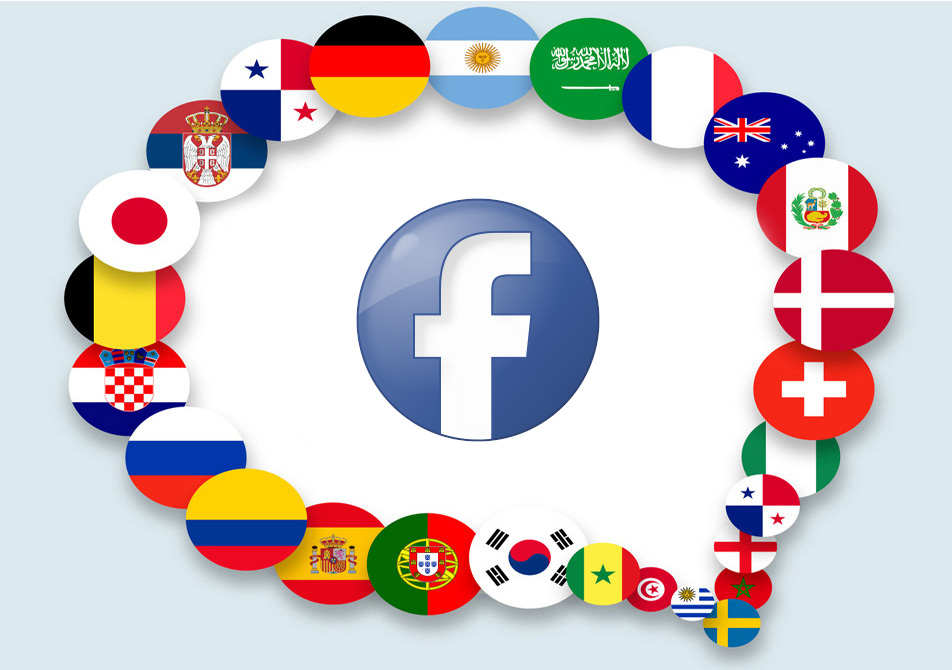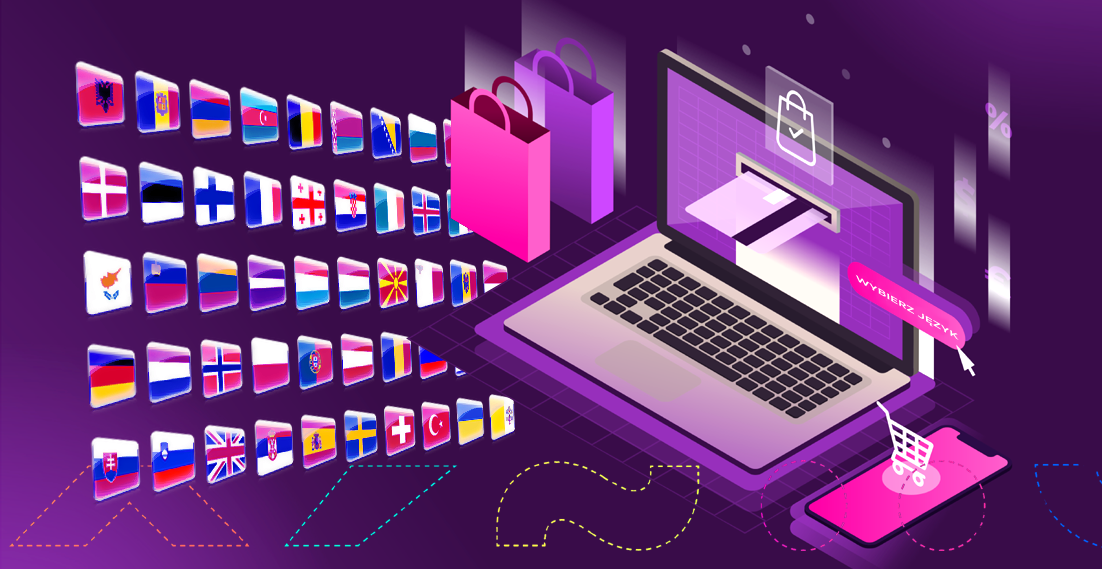How to manage a company social media profile in a foreign language?

Promotion in the social media is a step forward in developing a business. A website or even a regularly updated company blog will not make real-time contact with your recipients possible, or interacting with them by sharing content or tagging photos. Hence, if you are thinking about growing your business on international markets, this channel should be taken into account in your communication strategy.
Global promotion should be consistent, starting with translating the website along with the offer to a given foreign language, through writing a company blog and sending out a newsletter to international recipients, as well as supporting the above channels with effective activities in the social media, in the language of your customers.
Let’s assume that you have already implemented most of the above activities. You know the target recipients of your communication and the language, so you complete the profile of your customers. And look for new ones. A part of your audience can be found in popular social media so it is worth getting their attention. How can this be achieved?
One social media profile or more?
You already own a recognised Facebook or Twitter profile in Polish, so you are tempted to use those two channels. If you are considering one foreign language used by many people, you may choose to post bilingual content (keep in mind the limitations such as the character limit or types of hashtags). If you want to offer content in several foreign languages, this solution may not be effective (“may” because such activities are often undertaken by profiles of language schools, etc.)
Another solution would be to create separate pages for different languages. This may be convenient if you are planning to expand your business in other countries. Or… managing a profile in English (many people speak this language in Europe), which will make it easier to reach various groups. Keep in mind that this is not a universal solution for all types of business.
Information in the profile and language settings
Think about the name of the profile – will it be the name of the company with suffix indicating the language (e.g. X EN)? Or perhaps, you will chose a description of the brand or product you wish to promote in a given country? It is important that the name is not too long while being legible from the point of view of the search engine for the potential subscriber or follower.
Prepare brief descriptions in target languages that focus on the key aspect. Add contact details (it may turn out that a personalised email address with an alias in a given language will be a better idea rather than referring customers from various countries to one collective mailbox). Mark the language which you use to communicate in the settings.
This information will contribute to increasing your profile’s chances of being found in a given social medium. Don’t forget to include a link to it on your website.
Besides posts in a foreign language that create the foundation of a profile, ensure dedicated graphics and video materials. In order for users to reach them easier, use hashtags. Make sure they correspond with the langue of your website.
Corporate identity
Think about the profile and cover photos – should they refer to the style of the website, contain the company or brand logo, or maybe resemble the profile assumptions in a symbolic way? If you manage several pages in one social medium, think whether you want them visually consistent (in such a case you can mention other profiles in the description), or the opposite – you want all pages to be separate creations.
Ensure good quality of the presented graphic materials and don’t forget about copyrights. Use resources that you are authorised to post.
Imagination is not the only limitation in developing pages in the social media. You also have limited time and resources. Effective activities in social media require interaction with recipients, responding in real time to mentions or shares. You also need someone who knows the language of communication on a given page fluently. Keep all those aspects in mind when you create a promotion strategy using this channel.
Multilingual Social Media? We will take care of it!
Recognising text in an image – OCR software for Translators
When working on translations, you often face the problem with text recognition in graphical file. Some documents for translation are provided as scans, in non-editable graphical formats, usually as a .jpg, .png or .pdf file. Rewriting text manually is time-consuming. However, there are solutions that will make your work easier. Optical character recognition (OCR) software […]
How to translate an e-store into several language versions and what should you keep in mind when doing so? – everything you need to know about a multistore
More and more entrepreneurs decide to start online sales. The e-commerce market has been developing at a very fast pace. It is also worth mentioning that multistore-based solutions are gaining popularity. Multistore involves combining several stores in one intuitive panel.
Translation memory – why should all companies have one?
Do you outsource a lot of content to be translated? Perhaps your employees prepare translations and your documents include plenty of terminology characteristic for your industry? If the above sounds familiar, here’s another question: Does your company have its own translation memories? If you answered no, this article is for you. Let us explain and […]
Translation of an online shop
You sell products through an online shop, order products on manufacturers’ website or advertise your offer in social media – examples of similar activities can be multiplied. What they have in common is e-commerce – a number of actions leading to completing a transaction with a customer via the internet. Due to this medium, you […]



